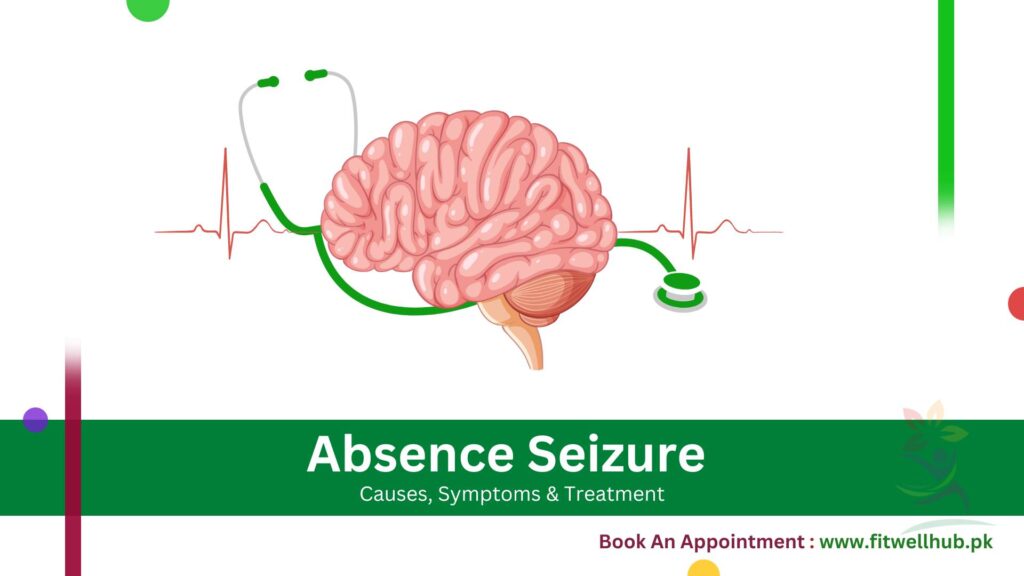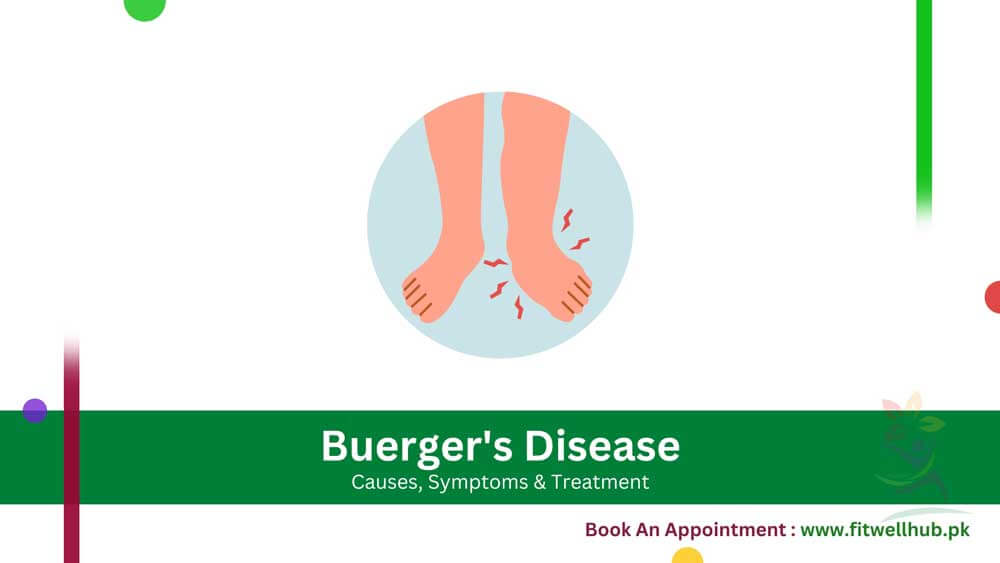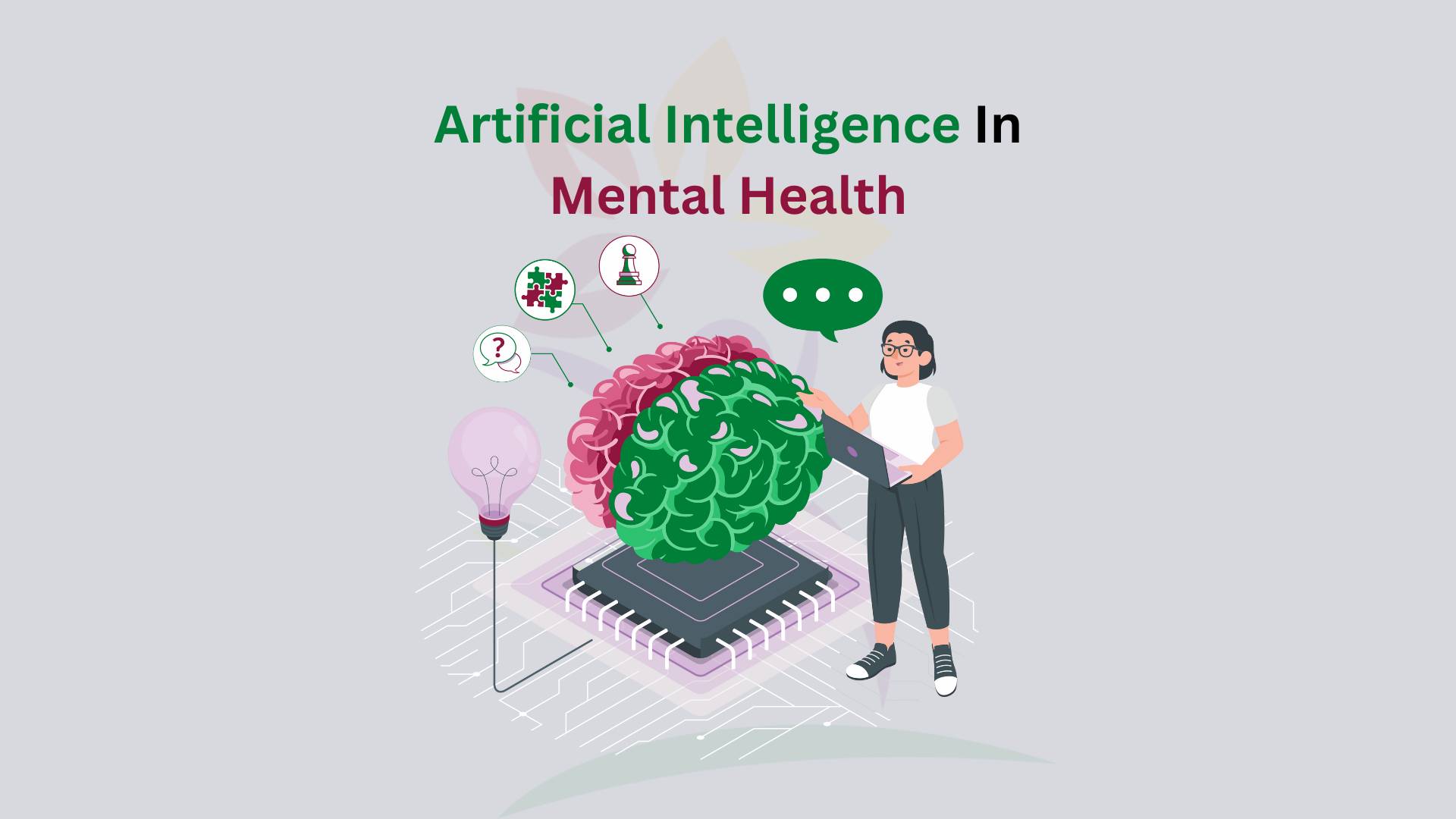Absence seizures are a form of epilepsy marked by brief, sudden lapses in consciousness, often characterized by a person staring blankly into space for a few seconds before quickly returning to alertness.
Quick Links
ToggleAbnormal electrical activity in the brain causes these seizures, which can occur multiple times a day and usually last no more than 20 seconds each time. Although they primarily affect children and young people, absence seizures can also occur in adolescents and adults, potentially causing issues with learning and daily activities due to their frequency.
Types of Absence Seizure: Typical vs Atypical
Absence seizures are classified into two main types: typical and atypical. Typical absence seizures are abrupt in onset, last for 10 to 30 seconds, and the person experiencing them resumes normal activity immediately after, often without any memory of the event. These seizures involve symptoms such as a sudden stop in activity, eyelid fluttering, lip smacking, or chewing motions.
Atypical absence seizures, on the other hand, may begin more slowly, last longer (up to a few minutes), and can include additional symptoms like slumping or falling. Post-seizure, the person may feel confused for a short period. A typical seizure can sometimes result from congenital brain abnormalities, trauma, or complications from liver or kidney disease.
Key Symptoms of Absence Seizure
An absence seizure typically involves a brief period where an individual “blanks out” or stares into space due to abnormal electrical activity in the brain. During this time, the person may suddenly stop all activity, appearing to gaze off into space with a blank expression.
Eyes might turn upwards, and eyelids could flutter. These episodes usually last less than 20 seconds, and the individual may experience momentary confusion afterward but then return to normal. Other possible symptoms include being very still, smacking the lips or making a chewing motion with the mouth, fluttering the eyelids, and stopping activity suddenly.
Atypical absence seizures may present additional symptoms such as blinking repeatedly, which might resemble fluttering of the eyelids, smacking the lips or chewing movements, and making hand motions. These atypical seizures tend to last longer, up to 20 seconds or more and may involve a change in muscle tone and movement.
Absence Seizure vs Other Seizure Types
Absence seizures involve a complete loss of awareness or consciousness, lasting only a few seconds, and affect the whole brain as a type of generalized seizure. They sometimes confuse complex partial seizures with them, where the person may have impaired awareness but can still respond to simple commands.
Key signs of an absence seizure include a staring spell, subtle eye blinking or lip-smacking movements, sudden onset and ending with a quick return to normal activity, no loss of muscle tone or falling, and the potential for multiple occurrences per day. Unlike absence seizures, daydreaming stops when someone calls the child’s name loudly or touches them, and it tends to continue until an external factor interrupts it.
What Parents and Teachers Can Do?
To distinguish between daydreaming and absence seizures, note that absence seizures can happen anytime, come on very suddenly without warning, and cannot be interrupted, even with vigorous stimulation. They typically end on their own within 10-20 seconds. Parents and teachers should look for signs of a blank stare lasting a few seconds, during which the child does not speak, listen, or seem to understand.
If a seizure begins while a child is speaking, they will stop talking, often in the middle of a sentence, and may not be aware they had a seizure if it is very short. Observing the specific symptoms and duration of the event can help determine the type of seizure and is crucial for accurate diagnosis and management.
Diagnosis and Treatment of Absence Seizure
Diagnostic Tests: EEG and Beyond
Doctors use an electroencephalogram (EEG) to diagnose the absence of epilepsy. This test records the brain’s electrical activity through sensors on the scalp. For childhood absence seizures, the EEG typically shows a 3-Hz spike and wave discharges that start and end suddenly.
Atypical absence seizures display slower spike and wave patterns and an abnormal background, making them distinct. Additionally, hyperventilation during an EEG can trigger an absence of seizure, providing further diagnostic evidence. In some cases, brain imaging like MRI helps rule out other conditions, such as tumors or strokes.
Treatment Options: Medication and Lifestyle Adjustments
The primary treatment for absence seizures involves antiseizure medications. Ethosuximide is often the first choice, especially when absence seizures are the only type present. Valproic acid and lamotrigine are alternatives, with valproic acid preferred if generalized tonic-clonic seizures have occurred. Children must take medication as prescribed, without dosage adjustments unless advised by a healthcare provider. In addition to medication, lifestyle adjustments play a significant role.
A ketogenic diet may improve seizure control if medication fails. Ensuring sufficient sleep is vital, as lack of sleep can trigger seizures. Wearing a medical alert bracelet is recommended for immediate and appropriate treatment during emergencies.
Monitoring and Managing Absence Seizures in Daily Life
Continuous monitoring and management are essential for individuals with absence seizures. Inform caregivers about the potential risks of untreated seizures, such as accidents and negative impacts on learning and school performance.
Supervise activities that pose a risk, like swimming or diving. Driving restrictions vary by location and typically require the individual to be seizure-free for a specific period. Regular follow-ups with healthcare providers ensure the treatment plan remains effective and allows for adjustments as needed.
Living with Absence Seizure
Living with absence seizures involves navigating various challenges and adjustments in daily life, education, and social interactions. Individuals with this condition, along with their families and caregivers, often need to develop strategies to manage the impact of seizures on learning, activities, and employment while also addressing the emotional and social implications.
1- Impact on Learning and Daily Activities
The absence of seizures can significantly affect a person’s learning and daily activities. For students, the brief loss of consciousness during a seizure may cause them to miss important information in class, hindering their learning process. The frequent need for medical appointments and recovery time from major seizures can also lead to missed school days, further impacting academic performance.
Beyond the classroom, individuals with absence seizures may face challenges in daily activities that require continuous attention and awareness, such as driving. Licensing regulations vary by state, but individuals with uncontrolled absence seizures may find it unsafe to drive and might need to rely on public transportation.
2- Stigma and Social Challenges: Overcoming Misconceptions
Stigma is a significant hurdle for many individuals living with epilepsy. It can manifest in various aspects of life, including education, employment, and social relationships. Stigma can lead to discrimination, bullying, & negatively affecting a person’s quality of life even when seizures are well controlled.
To combat stigma, it’s essential to educate family, friends, coworkers, and classmates about epilepsy. Sharing accurate information and personal experiences can help dispel myths and encourage supportive attitudes. Joining support groups and participating in online communities can also provide valuable encouragement and advice.
Future Outlook
Prospects of Outgrowing Absence Seizure
A significant number of children with absence seizures may see an improvement as they reach adolescence. Studies suggest that up to 75% of children with only absence seizures, and not combined with other types, have a high chance of outgrowing them by their teenage years.
This improvement often means that medications, which are crucial in managing the condition during childhood, may no longer be necessary as they enter adulthood. However, for those whose seizures continue into adulthood, ongoing medication can help control the episodes.
Advances in Treatment and Management
Recent advancements in treatment offer hope for better management of absence seizures. Ethosuximide, valproate, and lamotrigine are among the most commonly used medications, demonstrating significant efficacy in controlling seizures. A ketogenic diet, while not universally effective, may provide an alternative for those who do not respond to medication. New medications & non-pharmacological treatments, such as vagus nerve stimulation, are being explored for their potential in managing drug resistance.
Additionally, experimental therapies targeting highly excitable cortical zones are also under investigation. Ongoing research into the efficacy of cannabinoids and other novel compounds shows promise, though more extensive data are needed to confirm their benefits and safety.
The Importance of Ongoing Research and Support
The variability in the clinical course of childhood absence epilepsy (CAE) underscores the importance of continued research and support. While many children achieve long-term seizure freedom, others may experience persistent seizures or a change in epilepsy syndrome, necessitating lifelong management. Neuropsychiatric comorbidities like cognitive impairments and ADHD highlight the need for a comprehensive treatment approach. This includes monitoring behavioral and psychological issues.
The development of new therapies, informed by ongoing basic and clinical research, is critical to improving outcomes for individuals. Moreover, the interprofessional care model, involves neurologists, primary care physicians, and other healthcare professionals. It plays a pivotal role in providing optimal support & enhancing the quality of life for those affected by this condition.
Ongoing research efforts continue to explore new targets for therapy development, including the role of neurotransmitters like GABA and glutamate. The potential of novel chemical entities and dietary interventions to prevent seizures. These efforts aim to improve the management of absence seizures. They also seek to prevent epilepsy in at-risk individuals, highlighting broader public health implications.
Frequently Ask Questions
Seizures are caused by brain overactivity. Absence seizures mainly affect children aged 4 to 12 and can be triggered by flashing lights or hyperventilation.
Absence seizures are less than 15 seconds long. It’s rare for an absence seizure to last longer than 15 seconds.
During an absence seizure, you’re usually unaware of your surroundings and don’t remember the episode afterward. It’s like a brief disconnect from reality, lasting only a few seconds.
If absence seizures go untreated, they can lead to learning difficulties & an increased risk of injuries. Over time, untreated seizures may also evolve into more severe forms of epilepsy.











